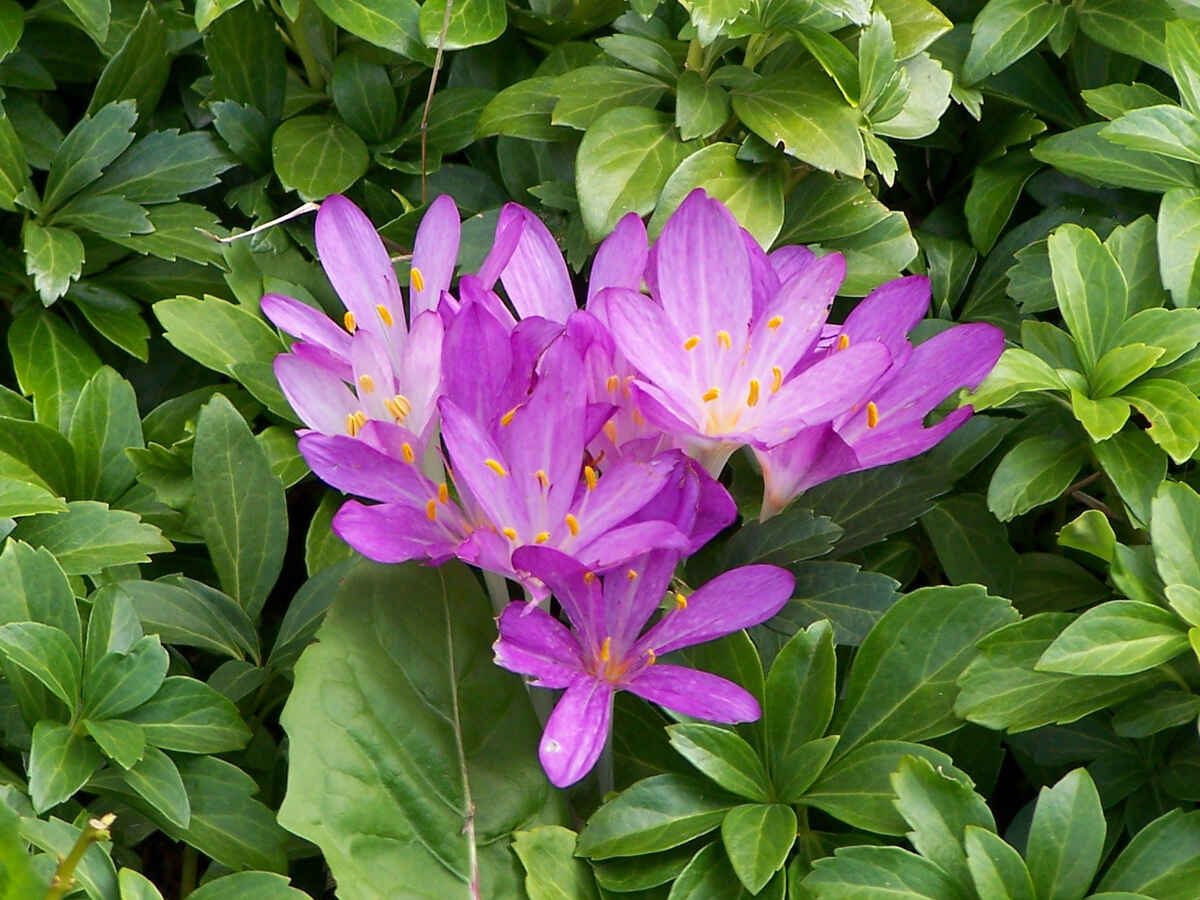
As a cat lover, you want to create a beautiful and welcoming home loaded up with brilliant flowers. In any case, it’s memorable’s crucial that not all blossoms are safe for our catlike companions. A few normal flowers can be toxic, leading to serious health issues whenever ingested. To investigate what flowers are poisonous to cats how to guard your home, both beautiful and for your cat.
Understanding toxic flowers
Many flowers that light up our homes can be harmful to cats. The following are a couple of normal wrongdoers to keep far off:
- Lilies are among the most toxic flowers for cats. Varieties like Easter lilies, tiger lilies, and day lilies can cause extreme kidney failure even with minimal openness. The dust, petals, and water in the vase are all dangerous. In the event that you have a cat, it’s ideal to avoid these shocking sprouts completely.
- While azaleas can add a pop of variety to your garden, they contain toxins that can lead to gastrointestinal bombshell, lethargy, and much more extreme symptoms whenever ingested. On the off chance that your inquisitive kitty snacks on an azalea leaf, you may see retching or diarrhea.
- Daffodils are another spring favorite that stances takes a chance for cats. The bulbs are particularly toxic, and ingestion can lead to heaving, diarrhea, and abdominal pain. Assuming you partake in these merry flowers, guarantee they are placed well out of your pet’s reach.
- Tulips are exquisite, yet they also contain toxins that can cause slobbering, regurgitating, and even gloom in cats. The bulbs are especially harmful, so it’s essential to keep them far off to safeguard your fuzzy companion.

Keeping Your Home Safe
Since it has become so obvious which flowers to avoid, here are a few ways to create a cat-accommodating climate:
Pick Cat-Safe Alternatives
Fortunately, there are many beautiful flowers that are safe for cats. Consider choices like roses, sunflowers, and petunias, which can light up your home without representing a gamble to your catlike companion.
Educate Yourself
Take time to familiarize yourself with toxic and non-toxic plants. Assets, for example, the ASPCA’s database of toxic plants, can be invaluable in assisting you with making informed decisions.
Create a Safe Space for Plants
Assuming you love flowers, however stressed over your cat’s interest, consider creating a dedicated space for your plants that your cat can’t access. Hanging baskets or elevated racks can keep your flowers safe and secure.
By monitoring what flowers are poisonous to cats and picking safe alternatives, you can partake in a beautiful home without undermining your pet’s safety. A small amount of information makes a huge difference in guaranteeing that both your plants and your catlike companion flourish together as one. So go on, occupy your space with exquisite blossoms—simply make sure they’re cat-approved!







